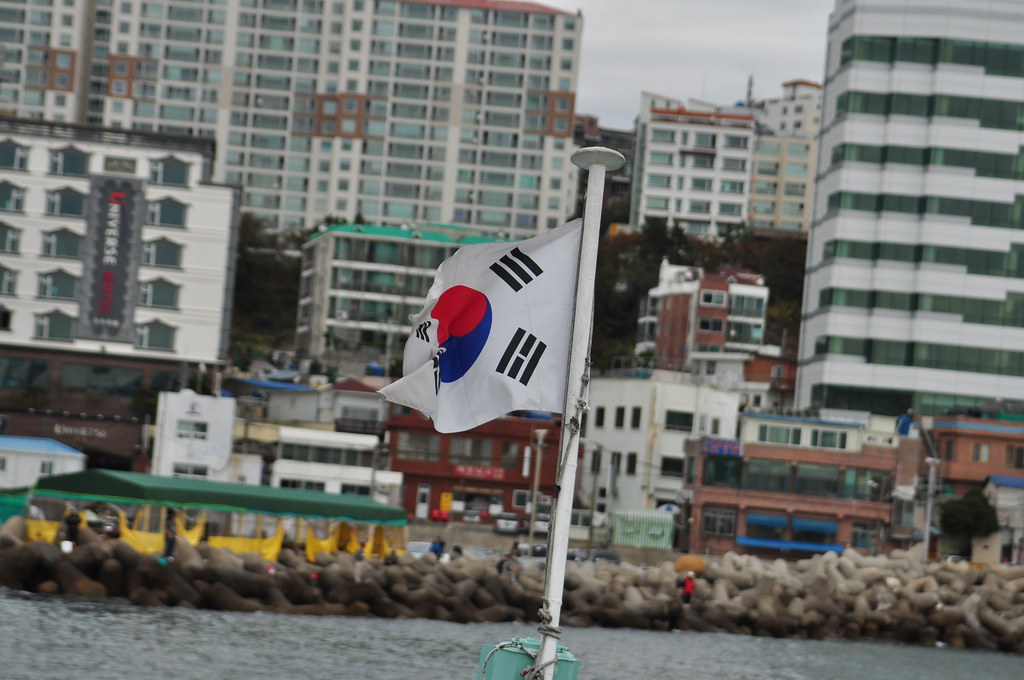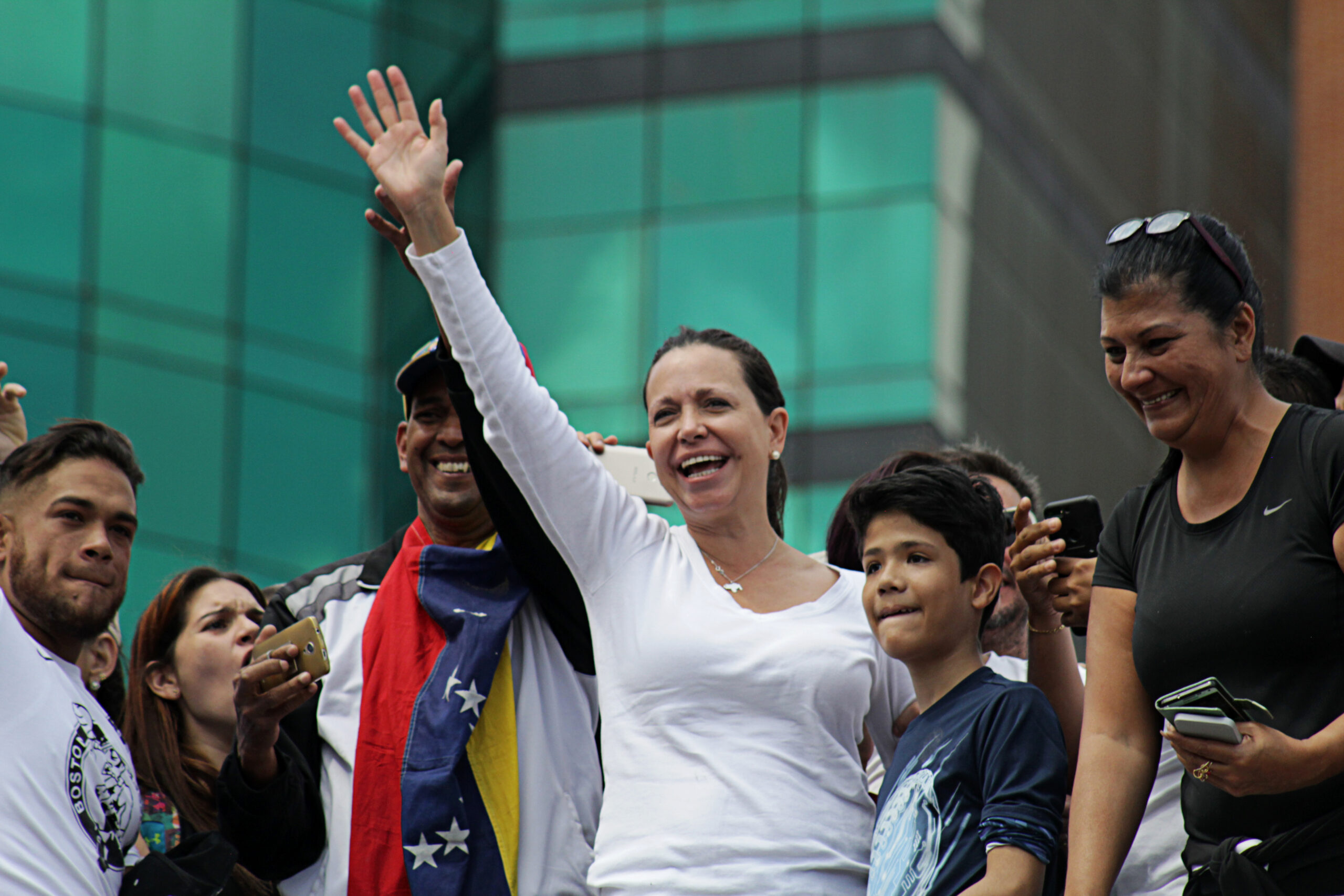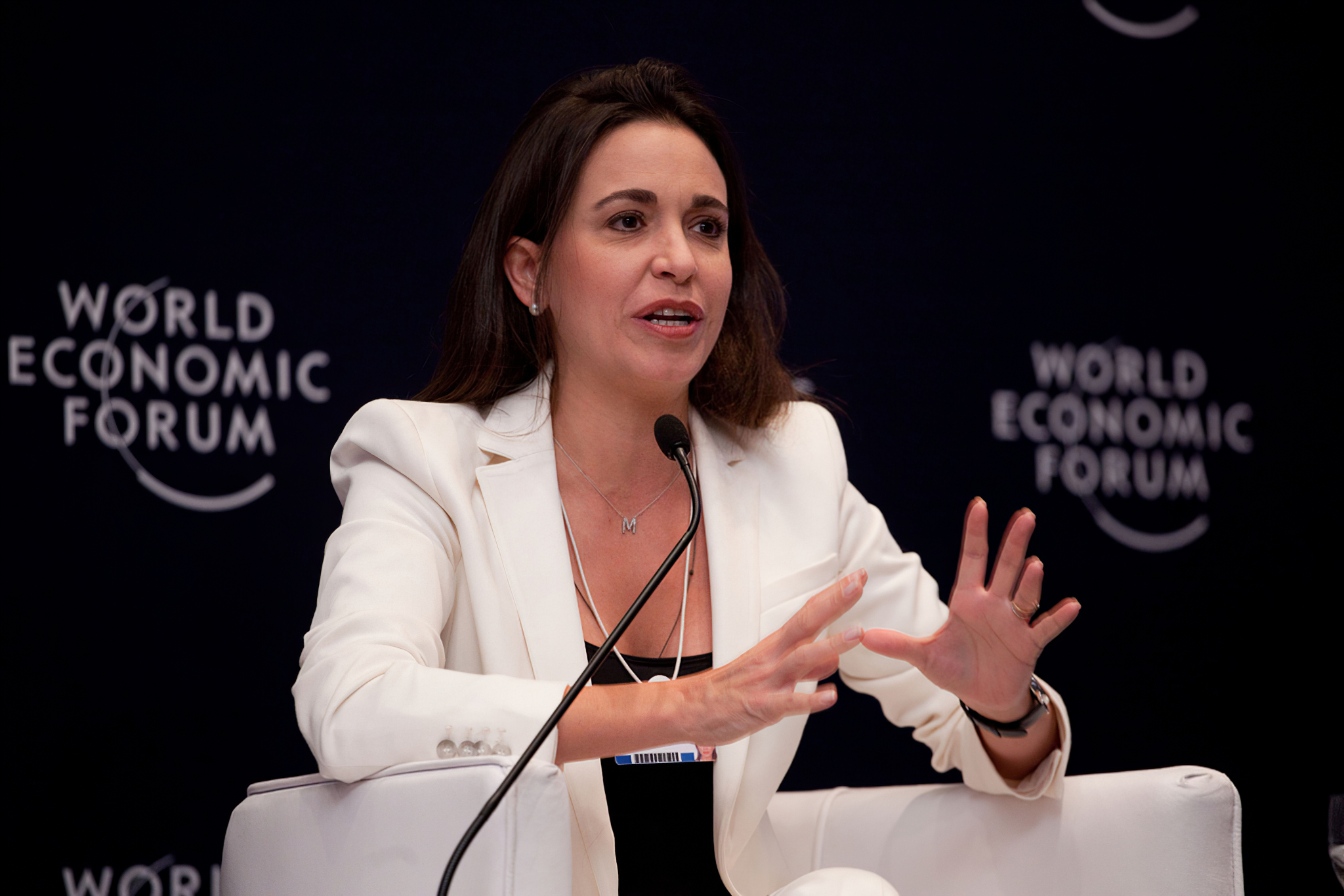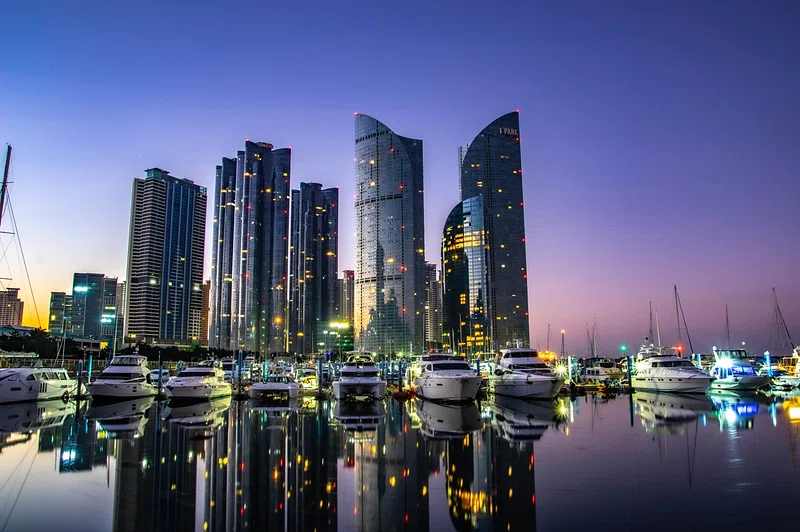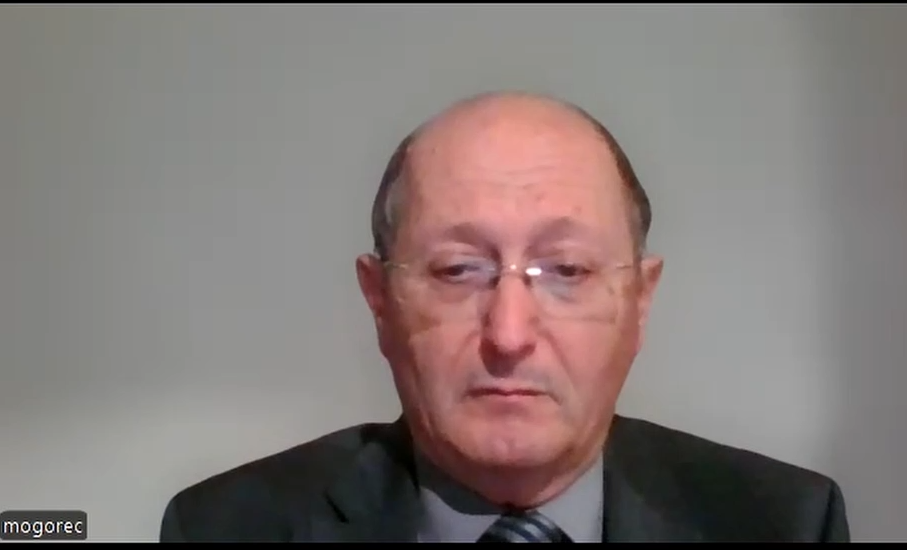By Matija Šerić
South Korea’s transformation since the Korean War is nothing short of extraordinary. From a nation left in ruins, it has emerged as one of the world’s most dynamic societies. Its population, just 21 million in 1955, more than doubled by the turn of the 21st century, and today over 51 million people call this modern Asian powerhouse home. At the heart of this remarkable rise is knowledge—a deep-seated Korean commitment to education that flourished again after decades of Japanese occupation and cultural repression.
The government championed education, while new schools, factories, and businesses sprang up across the country. Millions migrated from rural areas to cities, chasing opportunity and a better life. Nowhere is this transformation more visible than in Seoul—a city that grew nearly tenfold from a modest, war-torn settlement to a bustling metropolis of 10 million people, the beating heart of modern South Korea.
Seoul: Tradition Meets Tomorrow
Seoul is a city of contrasts: centuries-old temples sit alongside gleaming skyscrapers, while traditional markets hum next to ultramodern business districts. In 2024, it ranked fifth in the world by nominal GDP at an impressive $926 billion, trailing only Tokyo, New York, Los Angeles, and London. Yet Seoul’s story is not just about wealth—it is a tale of resilience. Once devastated by war, it has risen from the ashes to become a global center of commerce, culture, and innovation.
The metropolitan area now houses over 26 million residents, a vibrant urban ecosystem that offers one of the highest qualities of life in the world. Its skyline, alive with dazzling towers, luxury hotels, and cultural landmarks, symbolizes a nation that has fully embraced the 21st century.
Media Freedom and World-Class Infrastructure
South Korea has also emerged as a regional leader in media freedom. From humble newspaper beginnings to the full digital revolution, freedom of expression is not just a legal right—it is a cornerstone of society. Alongside this, the country’s transportation network connects cities with remarkable speed and efficiency, reflecting the nation’s forward-looking spirit.
Yet the most profound change has been social. Land reforms in the 1950s, coupled with widespread education and economic growth, dismantled the remnants of the old aristocratic yangban class and paved the way for a new middle class. Ordinary citizens became a new elite—educated, ambitious, and oriented toward the future—a class that became the foundation of South Korea’s success.
Korean wave conquered the world
Modern Families and Women’s Empowerment
Rapid urbanization reshaped the traditional Korean family. Extended families living under one roof gave way to nuclear households of one or two children. This shift reflected deeper changes in values, lifestyles, and priorities.
Women played a crucial role in this social transformation. After decades of struggle, they achieved rights once unimaginable. In 2008, a new family registration system officially recognized women as heads of households—a position historically reserved for men. Beyond administrative reform, this shift signified societal maturity, ensuring equal rights in divorce, child custody, and recognition of both biological and adopted children. South Korea had boldly stepped into the 21st century, embracing equality and justice for all.
A Military Powerhouse
Today, South Korea’s armed forces are among the strongest in the world. Ranked fifth globally by Global Firepower, its military comprises 600,000 active personnel and 3.1 million reservists. As a close ally of the United States, South Korea boasts cutting-edge military technology and modern Western weaponry.
Less well-known is its past nuclear ambitions. During the 1970s détente between the U.S. and USSR, Seoul abandoned nuclear weapons development under international pressure, prioritizing peace and stability. Yet with North Korea’s nuclear arsenal growing more aggressive, debate is rising at home about the possible need for a South Korean nuclear deterrent, or even the stationing of U.S. nuclear weapons on Korean soil.
South Korean army is very powerful
Christianity’s Unexpected Role
South Korea is unique in East Asia for its religious landscape: around 31% of the population identifies as Christian, mostly Protestant, surpassing the 17% who practice Buddhism. Faith has become a vital part of national identity, bridging tradition and modernity, East and West.
The Global Korean Wave
Perhaps most striking is South Korea’s cultural influence. Since the 1990s, the country has mastered soft power—the ability to captivate hearts rather than conquer lands. Netflix’s Squid Game, the Oscar-winning film Parasite, the viral sensation PSY with Gangnam Style, and global music icons BLACKPINK and BTS exemplify this phenomenon. K-pop, K-dramas, and Korean cinema form the “Korean Wave” (Hallyu), a cultural tsunami that continues to inspire and shape global tastes.
Even in India, Korean has become the fastest-growing foreign language, taught in schools across the country. Today, South Korea is admired not just as a technological giant, but as a cultural force that influences the way the world dances, sings, watches, and feels.
References:
https://hbr.org/2024/06/inside-the-success-of-south-korean-brands
https://www.britannica.com/place/South-Korea/Economic-and-social-developments
https://www.cia.gov/the-world-factbook/countries/korea-south/
https://www.globalfirepower.com/country-military-strength-detail.php?country_id=south-korea
https://www.koreatimes.co.kr/economy/20250827/newborn-numbers-rise-in-2024-for-1st-time-in-9-years
https://www.managementstudyguide.com/south-korea-success-story.htm
https://www.nytimes.com/2025/06/21/world/asia/south-korea-kpop-culture.html

